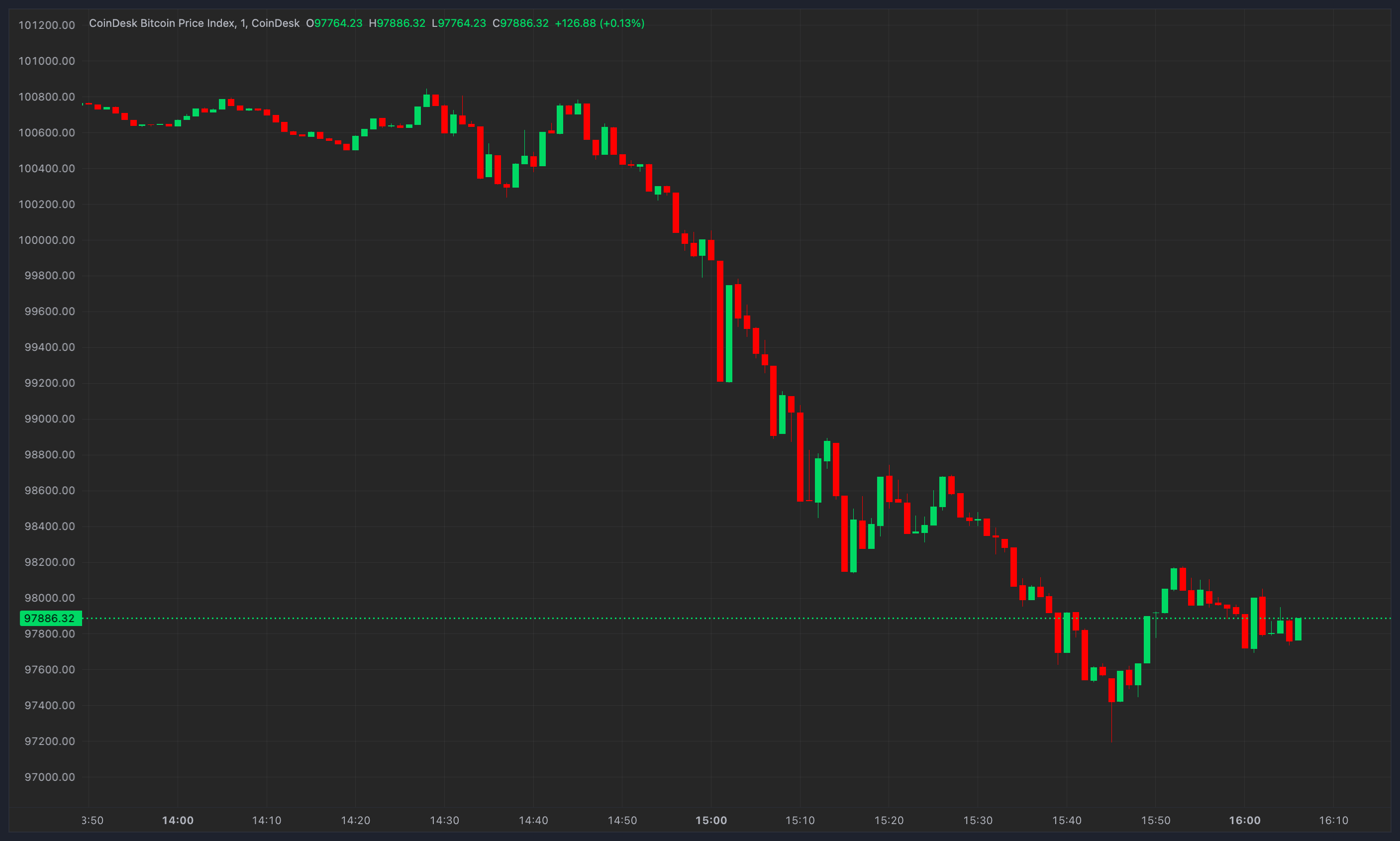Music-related use cases for Web3 technologies are piling up as the industry goes all in on adoption. From democratizing song rights royalties and blockchain licensing to legacy companies like Sony Entertainment filing patents for nonfungible token- (NFT)-authenticated music.
While electronic dance music and pop seem to be picking up the most attention in terms of NFT music, they’re even making a difference in more traditional areas like opera.
Just like any new and novelty tool, however, there are creators who live off the hype. This is often seen with “shitcoins” and pump-and-dump NFT projects, both of which have little to no value or long-term utility.
As music NFTs become more popular, the hype follows. Hundreds of music NFT projects are popping up on Twitter, creating what can be seen as almost a subgenre of NFT music.
The music revolution is here
Supply: 4444
Mint price: .11 ETH
Date: Friday 9/23 pic.twitter.com/d0iunVvwhV— blocktones (@blocktones) September 9, 2022
All the hype begs the question: What comes first the music or the desire to create a music NFT?
Cointelegraph spoke with creators in the music NFT industry to answer this chicken-and-egg type question and understand this new genre.
Related: Experts explain how music NFTs will enhance the connection between creators and fans
Adrien Stern, CEO and founder of Reveel — a Web3 revenue sharing platform for musicians — said right now NFTs are actually breaking genres rather than creating them:
“Music NFTs are an anti-genre. We’re seeing a lot more diversity and creative freedom in NFTs — as if artists are finally free to create for the sake of creating and not to fit the algorithms.”
Before NFTs, the next wave of internet musicians was creating music for virality in short video clips. “There is no doubt that artists have been freed creatively by NFTs. They no longer have to write music that will work on a 30-second TikTok video,” says Stern.
One example can be seen with NFT musician Sammy Arriaga, who leveraged his internet community on TikTok and Twitter to sell out over 4,000 music NFTs.
This dude is singing sad boy pixel songs rn and I’m loving it https://t.co/AIoxhTgRvN
— N1FTey (@N1FTey) September 13, 2022
Another NFT musician and blockchain music label creator, Thomas “Pip” Pipolo, told Cointelegraph that his artistic passion for music making comes before anything else:
“The drive to create music and then using NFTs as an artistic tool to have an actual product to sell to fans and investors is what motivates me.”
However, when it comes to music being hyped up for NFT creation Pipolo says good music is good music, and bad music is bad music, whether it’s in Web2 or Web3:
“What I think is important to take away from ‘bad’ or ‘lesser quality’ music selling is that artists are selling more than their music.”
The importance lies in the technology allowing artists to use accessible tools like Twitter artists to sell their personalities and stories…
Read More: cointelegraph.com









 Bitcoin
Bitcoin  Ethereum
Ethereum  Tether
Tether  XRP
XRP  Solana
Solana  Dogecoin
Dogecoin  USDC
USDC  Cardano
Cardano  Lido Staked Ether
Lido Staked Ether  TRON
TRON  Avalanche
Avalanche  Sui
Sui  Wrapped stETH
Wrapped stETH  Toncoin
Toncoin  Chainlink
Chainlink  Shiba Inu
Shiba Inu  Wrapped Bitcoin
Wrapped Bitcoin  Stellar
Stellar  Hedera
Hedera  Polkadot
Polkadot  WETH
WETH  Bitcoin Cash
Bitcoin Cash  LEO Token
LEO Token  Uniswap
Uniswap  Pepe
Pepe  Hyperliquid
Hyperliquid  Litecoin
Litecoin  Wrapped eETH
Wrapped eETH  NEAR Protocol
NEAR Protocol  Ethena USDe
Ethena USDe  USDS
USDS  Aptos
Aptos  Internet Computer
Internet Computer  Aave
Aave  Mantle
Mantle  Render
Render  Bittensor
Bittensor  Cronos
Cronos  POL (ex-MATIC)
POL (ex-MATIC)  Ethereum Classic
Ethereum Classic  Virtuals Protocol
Virtuals Protocol  WhiteBIT Coin
WhiteBIT Coin  Tokenize Xchange
Tokenize Xchange  MANTRA
MANTRA  Artificial Superintelligence Alliance
Artificial Superintelligence Alliance  Monero
Monero  Arbitrum
Arbitrum